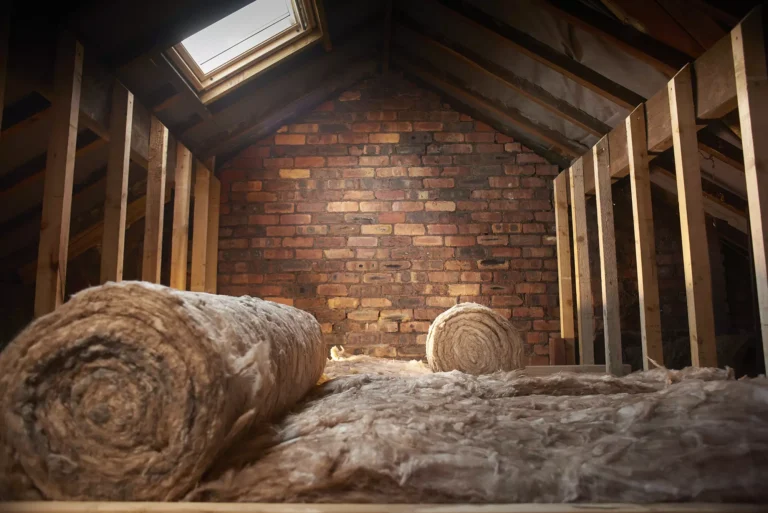
Is There Asbestos in Your Loft? What to Know Before Insulation Removal
If your home was built before the 1990s, there’s a chance that your loft insulation could contain asbestos—a hidden danger
The sizes and types of cabinets vary, and each has hardware and modification options. If you want to choose kitchen decor, one of the most significant factors is whether you choose a face frame cabinet (also known as a framed cabinet) or a frameless one. Despite some technical differences between frameless and face-frame cabinets, the aesthetic factors are the most significant element in selecting them.
Below, you will learn more about this kind of cabinet and its advantages and disadvantages.
Face frames are one of the most popular American styles that have a frame or border encircling the edges of the cabinet box. The main goal of these cabinets is that when the door is open, the frame covers the inner corners of the cabinet box. This style gives them a more formal look.
Occasionally, a center stile—a vertical partition running the length of the cabinet box—can prevent a gap from appearing when both doors are closed.
Framed cabinets are made of:



It is now time to consider which style of framed cabinets is best for your home. Do you prefer the door to sit inside the frame or see more frames? Before making a choice, carefully consider all your options.
Full overlay cabinet doors or modified ones conceal door hinges and cover the cabinet face. Due to extra-large doors and drawers, you can expect more storage.
This style has the most modern and seamless appearance since it barely shows the cabinet face around each door and drawer front.
One of the significant disadvantages of these door styles is that their corners are exposed, making them easier to damage over time.
The entire face of this door style is covered by a constant 2-inch strip of the frame.
Although some people love to have room between the doors and the drawers, this style might not be the best option for your kitchen decor if you prefer a sleeker, cleaner appearance. Full overlay doors use more wood than partial overlay doors, but the quality of both is the same.
Partial overlay cabinet doors frequently appear disproportionate to many homeowners due to a large amount of space between each cabinet.
One of the most popular face frame cabinet doors is the inset door, which has a polished appearance. They are mounted inside the cabinet frame, and a door pull or a knob is needed to open the cabinet. Depending on your desire, you can either conceal the hinges or make them visible.
Insert cabinet doors are a more expensive option, and their price ranges from $150 to $1200 per linear foot. This style gives the least amount of storage space when compared to other options because the drawer lies inside the frame.
Frameless cabinets have no frame; therefore, when you look at them, you see the edges of the cabinet box. While framed cabinet contains a frame on the cabinet’s front where its door will rest,
How to attach the face frame to the cabinet?
Attaching a face frame to the cabinet is a relatively simple process.
What is the standard for face frame cabinet dimensions?
As a standard, the face frame part sizes are typically one and a half inches wide unless otherwise requested. Tolerances on all constructed face frames will be +/- 1 mm for overall sizes and +/- 1 mm for each opening.
Do you think of a cabinet face frame replacement? Contact the ConfirmedC team. Our local experts will help you choose the best options for your kitchen decor. So, why hesitate? Contact us now to get a satisfactory discount.

If your home was built before the 1990s, there’s a chance that your loft insulation could contain asbestos—a hidden danger

Canadian winters are no joke, and heating your home efficiently is more important than ever. In 2025, cold climate heat

Your basement plays a huge role in your home’s comfort, energy efficiency, and even air quality—but only if it’s properly
WhatsApp us